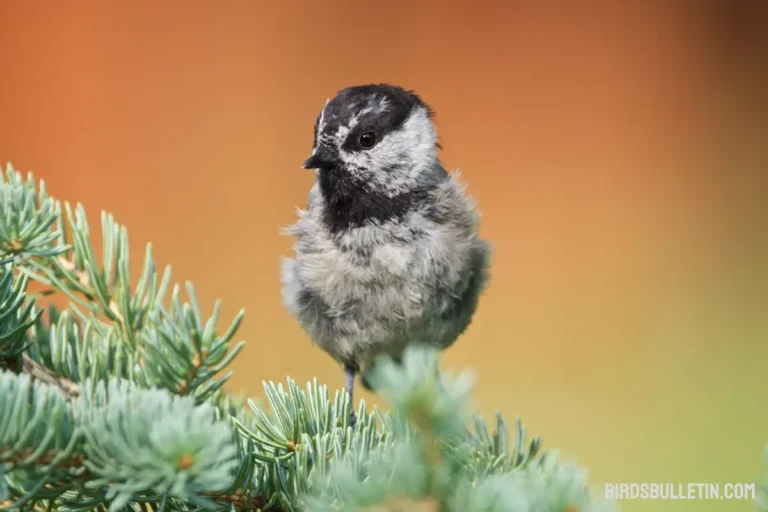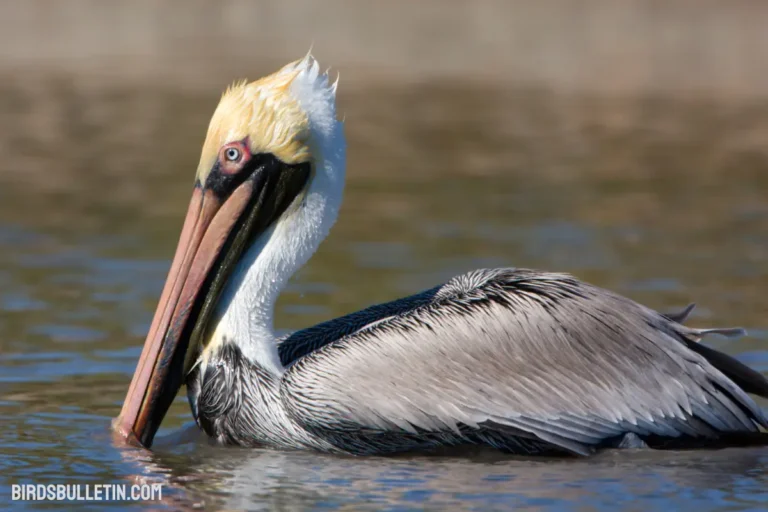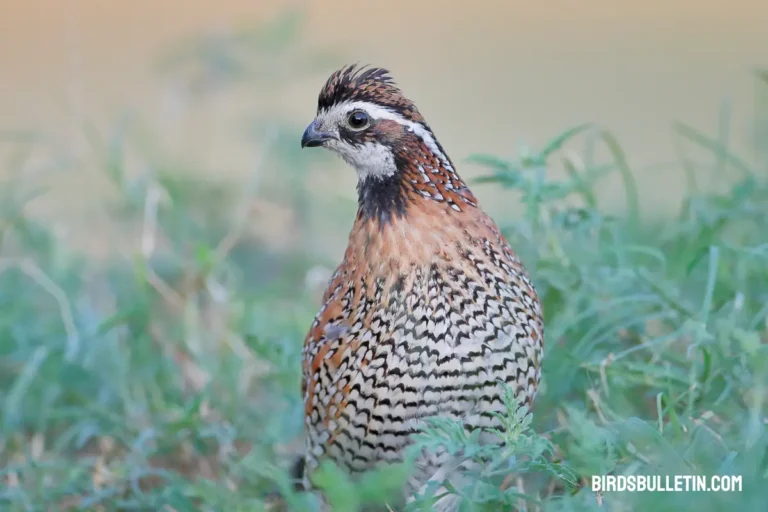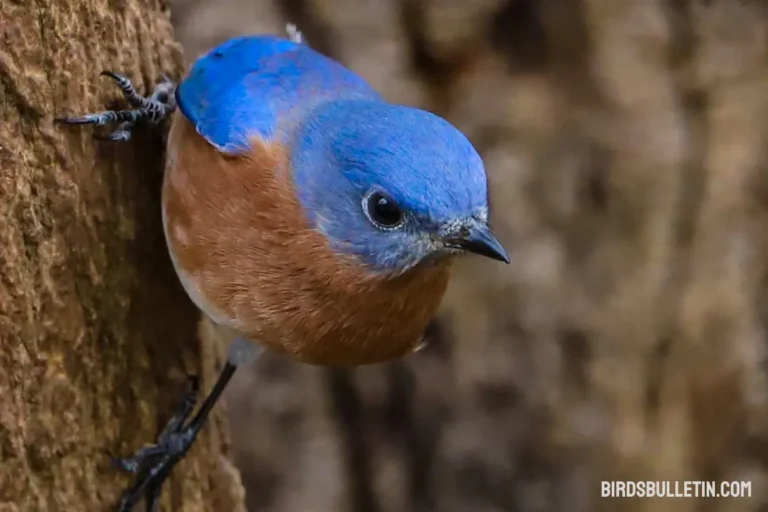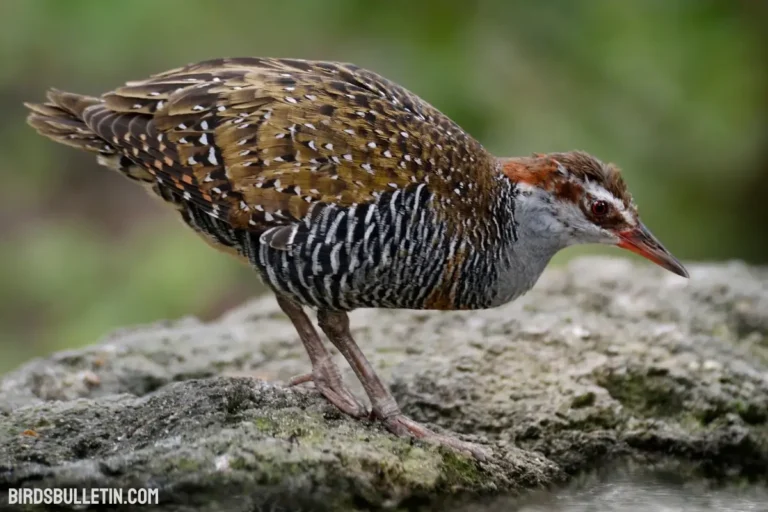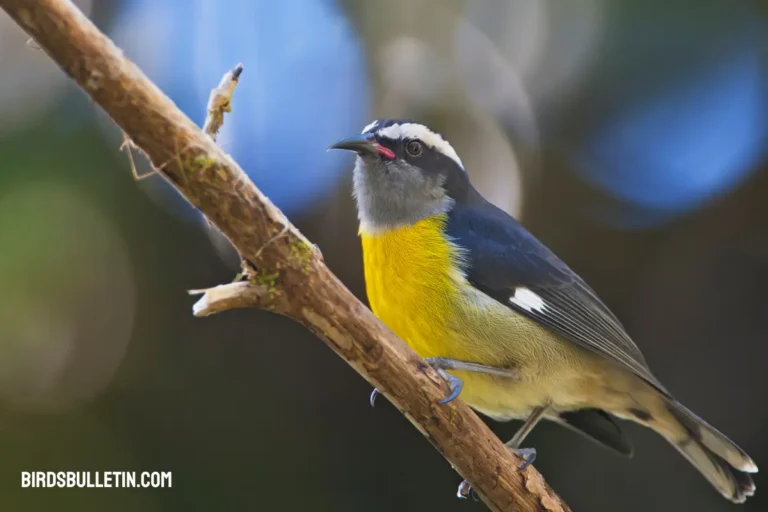Hawaiian Goose Nene: Identification And More
The Hawaiian goose (Branta sandvicensis), also known as Nene, is a species of goose endemic to the Hawaiian Islands. The official state bird of Hawaii, the Nene is a vulnerable species that has been brought back from the brink of extinction through protective breeding programs.
Identifiable by its buff-colored plumage, the Nene is the world’s rarest goose and continues to face threats from habitat loss and introduced predators.
Interested in similar topics on birds overview:
Hawaiian Goose Nene Profile
| Information | Description |
|---|---|
| Scientific Name | Branta sandvicensis |
| Alternative Names | Hawaiian goose, Nene |
| Colors | Buff-colored plumage with black accents |
| Lifespan | 5-15 years |
| Wingspan | Up to 40 inches |
| Weight | 3.36- 5.64 lbs. |
| Size | 22-26 inches long |
| Diet | Grasses, sedges, fruits, invertebrates |
| Breeding Season | Throughout the year, except for May, June, and July. |
| Lay Eggs | 4-5 eggs per clutch |
| Locations | Main Hawaiian Islands |
| Threats | Habitat loss, predators, overhunting |
| Predators | Mongooses, rats, cats, dogs |
| Prey | Vegetation, small invertebrates |
What Are the Identification Features of The Hawaiian Goose?
The Nene is Hawaii’s only extant goose species and the world’s rarest. It has particular features:
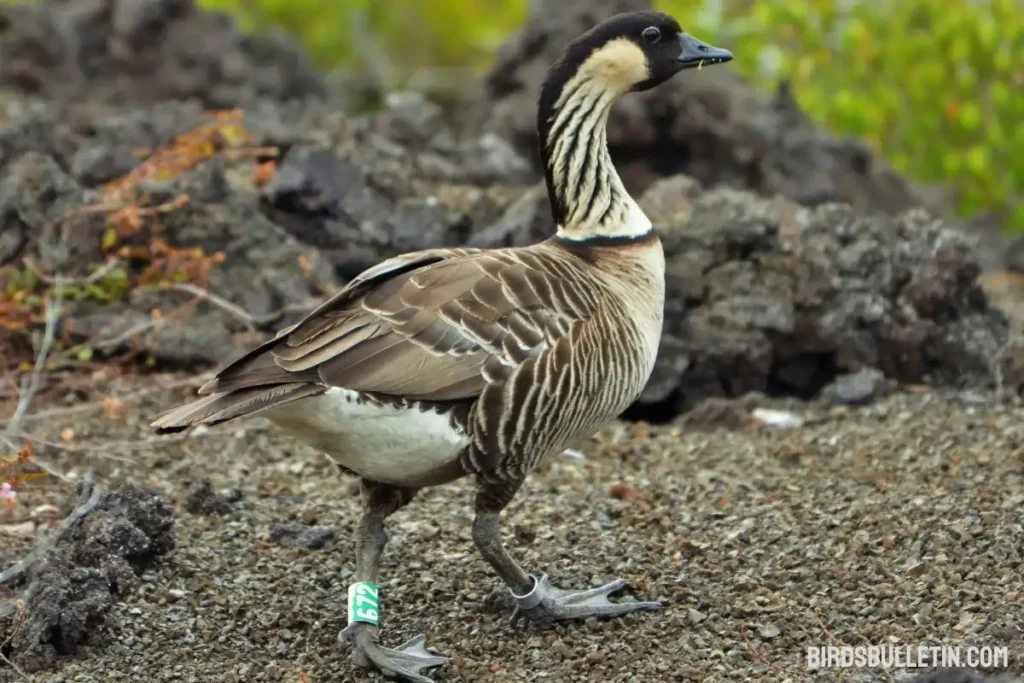
- Mostly brownish-buff colored plumage with black accents on the head and wings
- Black striping on the neck and creamy buff color on the cheeks
- Long dark bill with dark legs and feet
- Webbed feet adapted to terrestrial habits rather than aquatic
- Rounded wings provide strong flight for island habitat
- Sexually dimorphic, males larger than females
- Juveniles have a gray plumage overall until their adult feathers molt in around one year. Nene makes a loud honking call like other geese.
Is The Hawaiian Goose the State Bird of Hawaii?
The Nene was designated the official state bird of Hawaii in 1957. It is featured on the state flag, state quarter, and other official symbols as an endemic species unique to Hawaii.
The Hawaiian name “Nene” comes from its soft honking calls. Traditional Hawaiian mythology also connects the Nene to deities and royalty. Its listing as Hawaii’s state bird has brought greater conservation awareness to the species.
How Many Subspecies of Hawaiian Goose Exist?
The Hawaiian goose has no recognized subspecies. However, there are two separate populations—the Hawaiian or Kauaʻi Nene, and the Maui Nene. The Kauaʻi birds were considered a subspecies N. s. sandvicensis while Maui birds were N. s. knudseni. But they are now grouped together as a single species.
Some experts suggest up to five subspecies may have existed before extinction and hybridization. Only one surviving lineage remains today, the product of mixed breeding between populations.
What Is the Population Status of The Hawaiian Goose?
The Nene underwent a severe population decline after the arrival of humans and the introduction of predators to Hawaii. By the 1950s, only 30 birds remained. Intensive breeding and release programs increased numbers to over 4000. However, the IUCN Red List still categorizes the Nene as Vulnerable.
The main threat is predation from introduced small Asian mongooses on nests and goslings. Habitat degradation from invasive plants is another concern. Their limited range and small population size make Nene vulnerable to extinction without continued management.
Does The Hawaiian Goose Migrate?
The Hawaiian goose does not undertake long migrations but does make seasonal elevational movements between breeding and feeding grounds. On Hawaii Island, Nene breed during the winter wet season in montane shrubland at elevations above 4,000 feet.
After breeding, they migrate downslope to lowland grasslands at 200-800 feet elevation in search of food. This seasonal movement takes advantage of suitable habitats during breeding and foraging periods.
What Behaviors Characterize the Hawaiian Goose?
The Nene exhibits these notable behaviors:
- Mate monogamously, pairs staying together year-round.
- Nest on the ground in a simple scrape, lining the nest with vegetation and down.
- Female incubates 4-5 eggs for 29-32 days; eggs hatch over 2-3 days.
- Adults lose their flight feathers temporarily when molting after breeding.
- Juveniles form creches of up to 30 birds for protection.
- Forage mostly on vegetation, supplementing with invertebrates.
- The male has an interesting “triumph ceremony” stretch display to defend his mate and territory.
How Does the Hawaiian Goose Interact with Humans?
Native Hawaiians hunted Nene for meat and feathers until the late 1800s. Nene then benefited from protective laws and habitat changes:
- Declared Hawaii’s state bird in 1957, sparking greater conservation interest.
- Protected from hunting in 1949 when fewer than 100 remained.
- Forages readily in pastures, gaining habitat from cattle grazing.
- The subject of intensive captive breeding with reintroduction of offspring.
- Featured on the Hawaii state quarter representing its unique natural heritage.
- The tourism industry promotes the Nene as an attraction for Hawaii visitors.
What Conservation Issues Affect the Hawaiian Goose?
Major threats to Nene include:
- Nest predation by introduced small Asian mongooses.
- Habitat degradation by feral ungulates and invasive plant species.
- Hybridization with domestic geese leads to lower fitness.
- Poaching and disturbance from humans.
- Lack of genetic diversity from a bottlenecked population.
- Vulnerability to disease outbreaks like avian malaria.
- Mortality from vehicular collisions in roadside habitats.
- Inadequate food resources and malnutrition.
Are Hawaiian Geese Protected Under Any Laws?
The Nene receives legal protections in Hawaii and federally:
- State of Hawaii Designated as endangered in 1967
- U.S. Endangered Species Act Listed as endangered since 1967
- U.S. Migratory Bird Treaty Act Protected along with all wild geese
- State fines up to $10,000 plus and 1-year imprisonment for killing a Nene
Frequently Asked Questions
01. Why is the Nene called the state bird of Hawaii?
The Nene was designated as the state bird of Hawaii in 1957 due to its unique status as a native species found exclusively in the Hawaiian Islands. It symbolizes the state’s natural heritage and conservation efforts.
02. How have conservationists helped the Nene population recover?
Conservationists have implemented captive breeding programs, habitat restoration, and predator control. By releasing captive-bred individuals into protected areas, they have bolstered the wild population, ensuring its gradual recovery.
03. Are there any other threats to the Nene’s population apart from habitat destruction?
Yes, introduced predators such as mongoose, rats, and feral cats pose a threat to Nene eggs and chicks. Conservationists employ various methods to control these predators and protect nesting sites.
04. Where does Nene live?
Nene is only found on the six largest Hawaiian Islands from Hawaii to Kauai. Reintroduction programs have expanded their range to all main islands after only three had remnant wild populations in the 1950s.
Final Word
Through intensive conservation management, the unique Hawaiian goose has recovered from the brink of extinction. Sustained efforts to protect and repopulate the iconic Nene are vital for preserving Hawaii’s threatened island ecosystems.
As the official state bird, the Nene exemplifies the endemic wildlife of remote volcanic islands and remains a symbol of native Hawaiian natural heritage.
References:
- Black, Jeffrey M., and John M. Fitzpatrick. “Hybridization and evolution of introduced branta geese in the Hawaiian Islands.” The Auk 118.4 (2001): 1004-1014.
- Banko, Paul C., et al. “Intensive management of Nene, or Hawaiian Goose (Branta sandvicensis), releases captively reared goslings into the wild.” Pacific Conservation Biology 13.2 (2007): 94-102.
- US Fish and Wildlife Service. “Nene (Hawaiian goose) recovery program.” U.S. Fish and Wildlife Service, Pacific Islands Fish and Wildlife Office, Honolulu, Hawaii, USA (1996).


